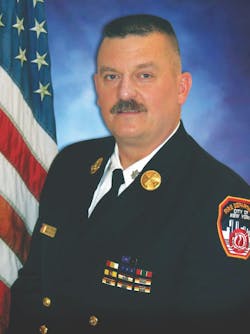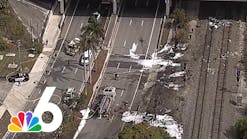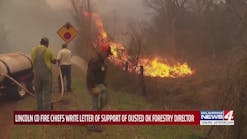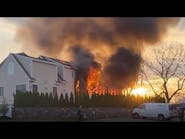Maintaining written operational procedures establishes the specifics of the procedures in written form as they were developed and intended to be followed. Without the written word, even if the procedures were developed and agreed upon and members are expected to follow them during operations, variations can result easily.
Even more important: Operational procedures that aren’t established in writing allow or even promote freelancing. If a firefighter is accused of freelancing, the excuse can be, “Where does it say that?”
The bottom line: Well-established and written operational procedures are a solid guideline for firefighters to follow and encourage solid team operations.
Accounting for variations
Written operational procedures lay out to all members how they are expected to operate in various situations.
Certainly, every fire operation has variations and rapidly changing conditions. For that reason, many procedures include options for firefighters to select or follow. Establishing procedures in written form allows firefighters, officers and chiefs to study all of the procedures, which is reflected in more synchronized and coordinated firefighting operations.
The fact that the procedures are written allows reviews and after-action discussions where performance variations can be identified and dealt with.
Training
We all know that training is the key to successful and coordinated firefighting operations. Without operational procedures in writing, training and company officers can end up teaching incorrect or even dangerous operational skills to their firefighters.
Using written procedures results in the same exact procedures being explained and taught—and, thus, performed during operations.
New and revised procedures
Written operational procedures allow for more rapid and accurate modifications, deletions and improvements. When a new procedure is approved for use, the department can find the appropriate location in the written material and have the new procedure inserted. Additionally, any outdated or revised procedures can be deleted or modified, and updated pages can be inserted simply into the existing written procedures.
Promotions
Many departments have testing procedures for promotions. When such a department has written operational procedures, they can be used for promotional examinations. This situation allows firefighters and officers to study and fully understand their own department’s procedures rather than the tactics and procedures from a published text book that was written by someone from another department or profession.
Legal issues
Another benefit of written operational procedures is the advantage that a department gains when there’s a legal challenge against the department.
Many departments and members have had to deal with legal issues and the results of fire operations and other emergencies. It’s quite difficult for firefighters and departments to defend themselves concerning field operations without having a written document to cite. Also important is the fact that the procedures were written and developed by the department rather than an author or other fire service person from elsewhere.
How to start
Departments that are interested in developing written operational procedures should know that there’s a vast amount of written procedural material online. Hundreds of departments published their own procedures, and those can be used as a jumping off point rather than starting from scratch. Changes and modifications can be made, to personalize the procedures to department staffing and other technical standards.
If you are in the process of establishing operational procedures for your company or department or just thinking about it, make sure that you go online and remember all of the benefits of establishing written procedures.
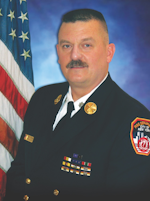
John J. Salka Jr. | Battalion Chief
JOHN J. SALKA JR., who is a Firehouse contributing editor, retired as a battalion chief with FDNY, serving as commander of the 18th battalion in the Bronx. Salka has instructed at several FDNY training programs, including the department’s Probationary Firefighters School, Captains Management Program and Battalion Chiefs Command Course. He conducts training programs at national and local conferences and has been recognized for his firefighter survival course, “Get Out Alive.” Salka co-authored the FDNY Engine Company Operations manual and wrote the book "First In, Last Out–Leadership Lessons From the New York Fire Department." He also operates Fire Command Training, which is a New York-based fire service training and consulting firm.
